Every year about this time, I take a close look at the plants in the pots, containers and hanging baskets in our garden to see what’s doing well, what’s flagging and what’s ho-hum. There are favourites I include every year, but I always trial a few new varieties, some of which are new to the market or older varieties I’ve never tried before.
It’s important that container plants be able to stand up to the summer heat and humidity we experience in southern Ontario. They also need to be relatively low maintenance. I don’t mind watering or feeding on a regular basis, but I have enough to do in the rest of the garden to spend time deadheading, so varieties that are self-cleaning (spent flowers fall off on their own) or respond quickly to a haircut if they get leggy are desirable, too.
Here are six container plants I’ll be inviting back next year — that is, if I can find them again. It’s frustrating to try something new and fall in love with it, only to go searching for it in vain next spring.
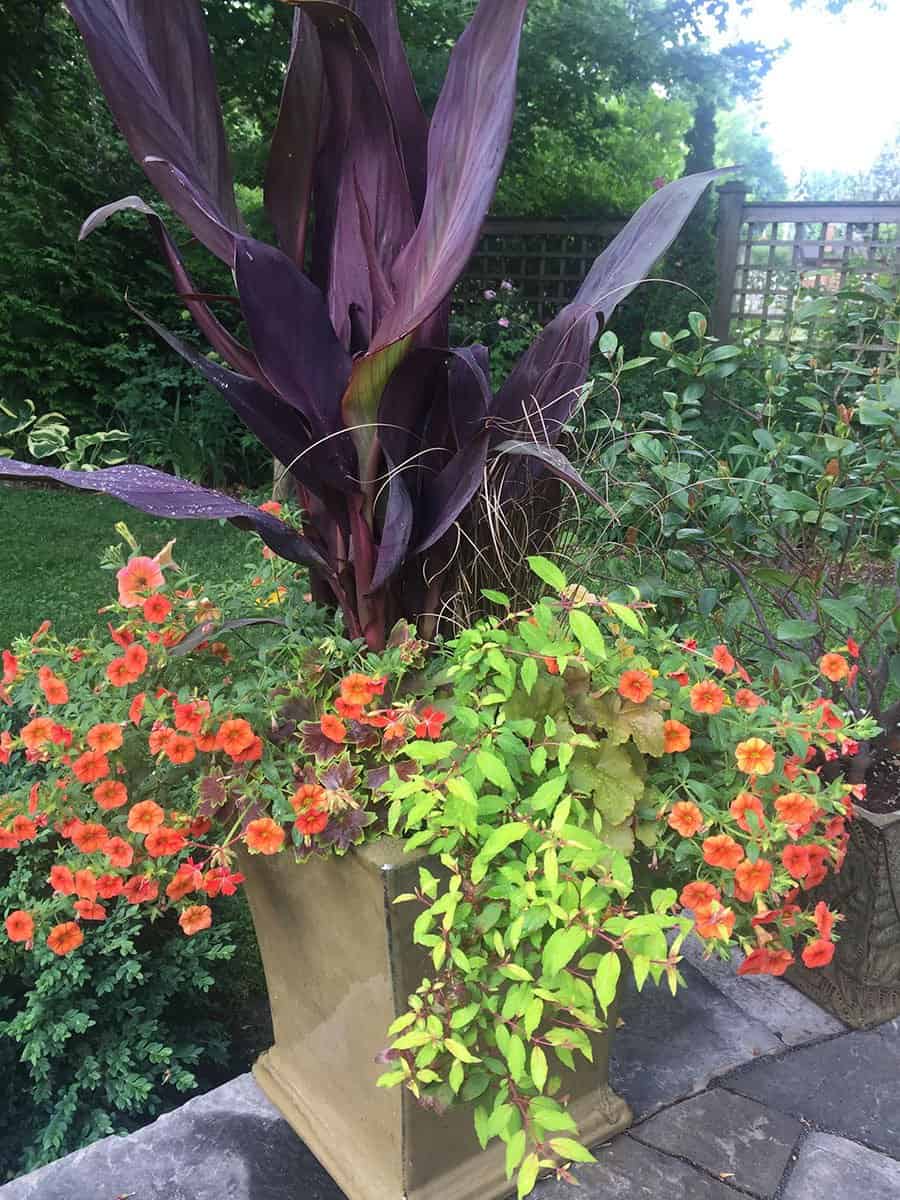
‘Intrigue’ canna
Most cannas provide dramatic foliage, but ‘Intrigue’ is off the charts. Long, narrow leaves originate at the base, making for a full, lush plant. At first glance, one might guess it’s a skinny banana plant or a phormium on steroids. Grow ‘Intrigue’ for its lusty leaves, not its rather skimpy orange flowers. Mine is in a large sage-green ceramic pot with leatherleaf sedge (Carex buchananii), Creamscicle calibrachoa, yellow heuchera, peachy yellow Supertonics, a pink-flowering cape fuchsia and ‘Vancouver Centennial’ geraniums.
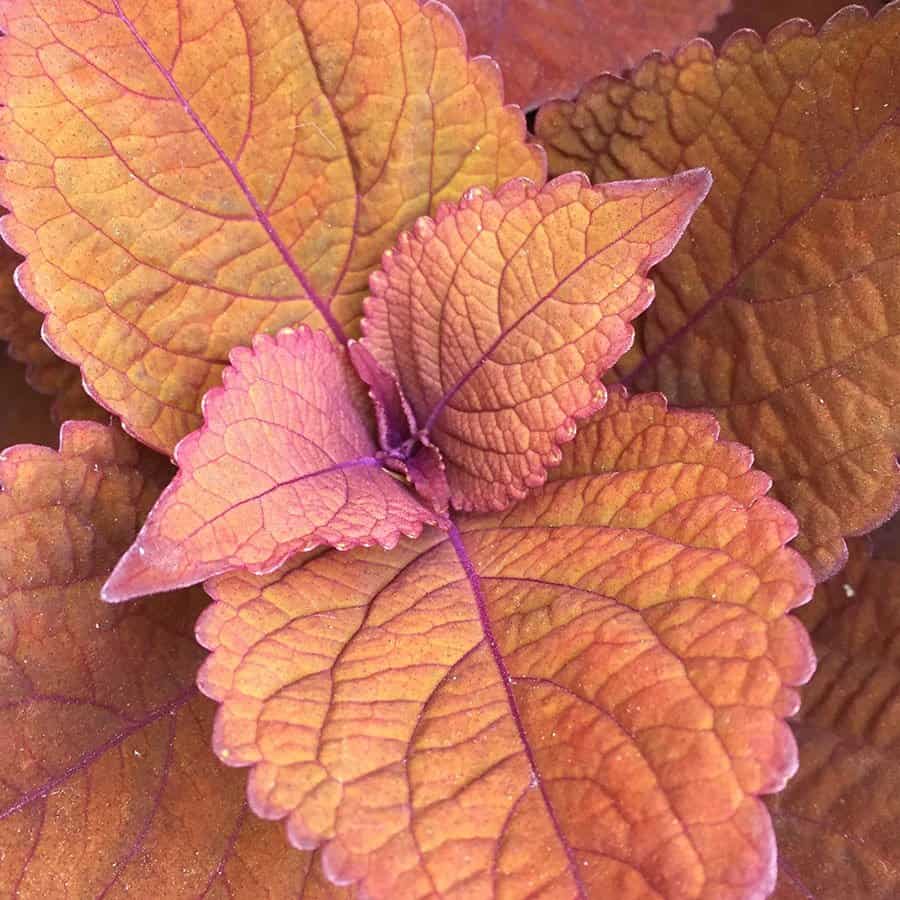
Keystone Kopper coleus
A recent introduction from Proven Winners, Keystone Kopper is like many new coleuses: sun-tolerant, non-flowering and massive. (I know coleus flowers are good for pollinators, but I have many, many pollinator-friendly plants in our garden.) I’ve given up planting these brutish new coleus in mixed containers; they quickly dwarf whatever is next to them. But planting several of the same variety in a large container makes a statement. The colour of Keystone Kopper is bold, but neutral enough to mix well with nearby plants that are in the pink, yellow or purple colour range.
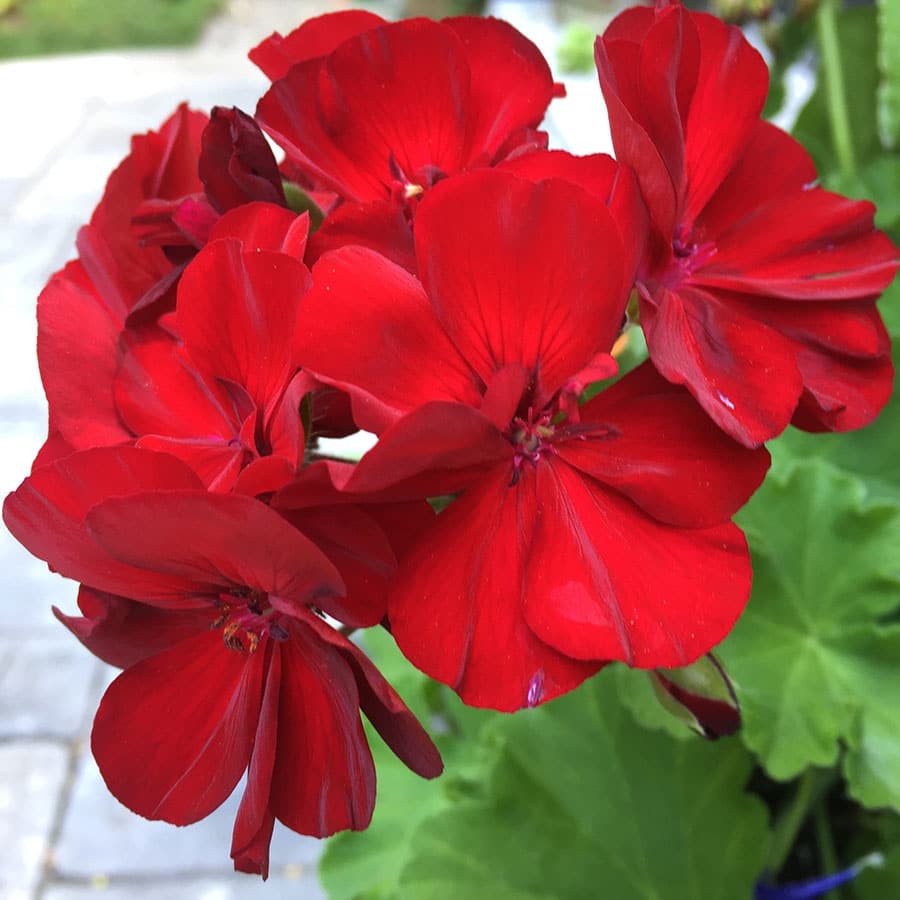
Cherry red ivy geranium
Ivy geraniums (Pelargonium peltatum) certainly aren’t new, but I’m including them here because I was impressed with how well they stood up to the intense sun and heat on our patio. I haven’t grown them for years, but this vivid cherry red variety — more crimson than scarlet — I found at a local nursery was the perfect colour to pair with lavender bacopa, ‘Black and Blue’ salvia and Citrus Blend lantana. Unfortunately, I don’t have the cultivar name.
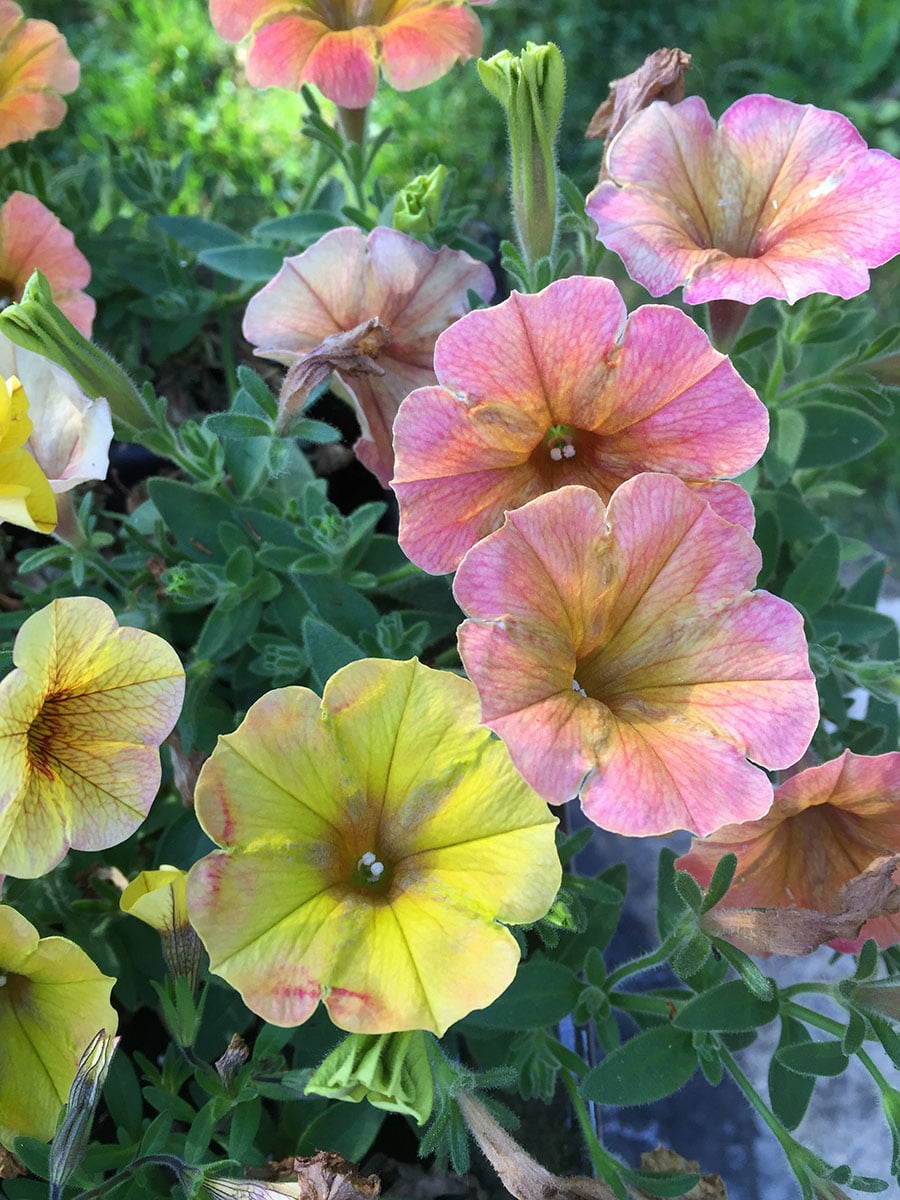
Honey Supertunia
Supertunias are similar to the old Wave petunias, but with smaller blooms, a wider range of colours and more floriferous. Honey is almost an iridescent yellow infused with shades of coral and pink. I mixed these with yellow calibrachoas in one pot and like the interplay of lemony shades and various flower sizes.
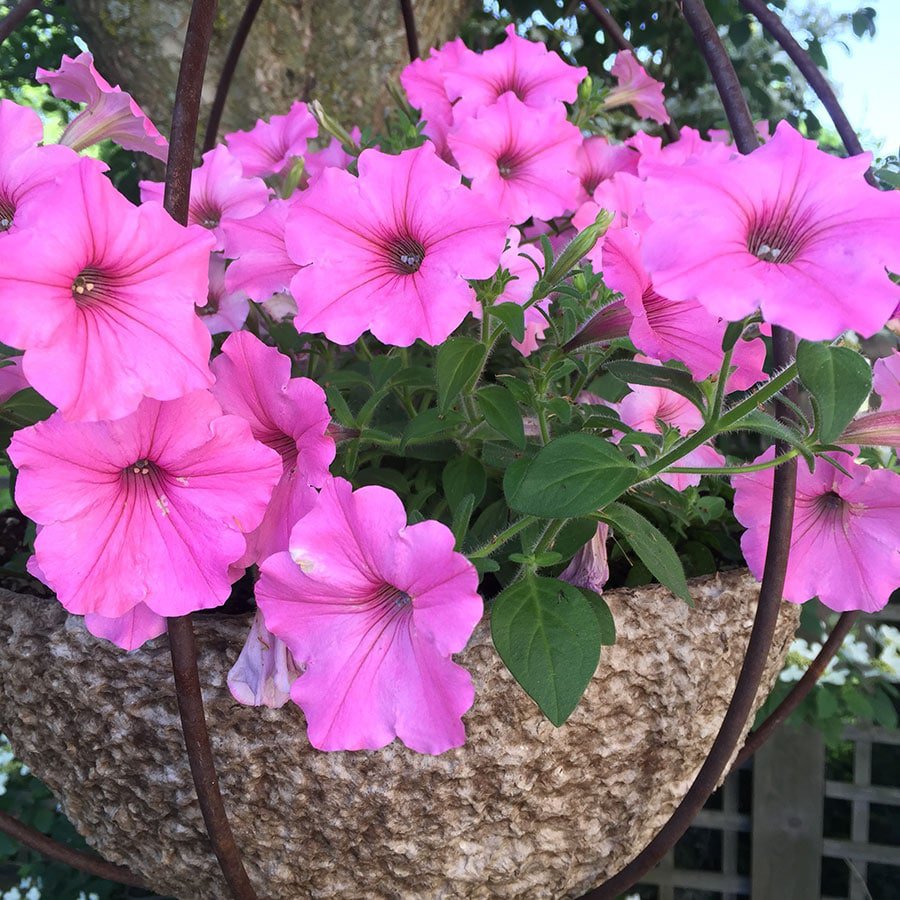
Vista Bubblegum Supertunia
This is another annual that probably works better on its own, not just because it’s a vigorous grower, but because its colour is, well, rather intense. It’s called Bubblegum for a reason. I have half a dozen plants in a large spherical planter hanging from a tree limb. It gives a good pop of colour in a mainly green setting.
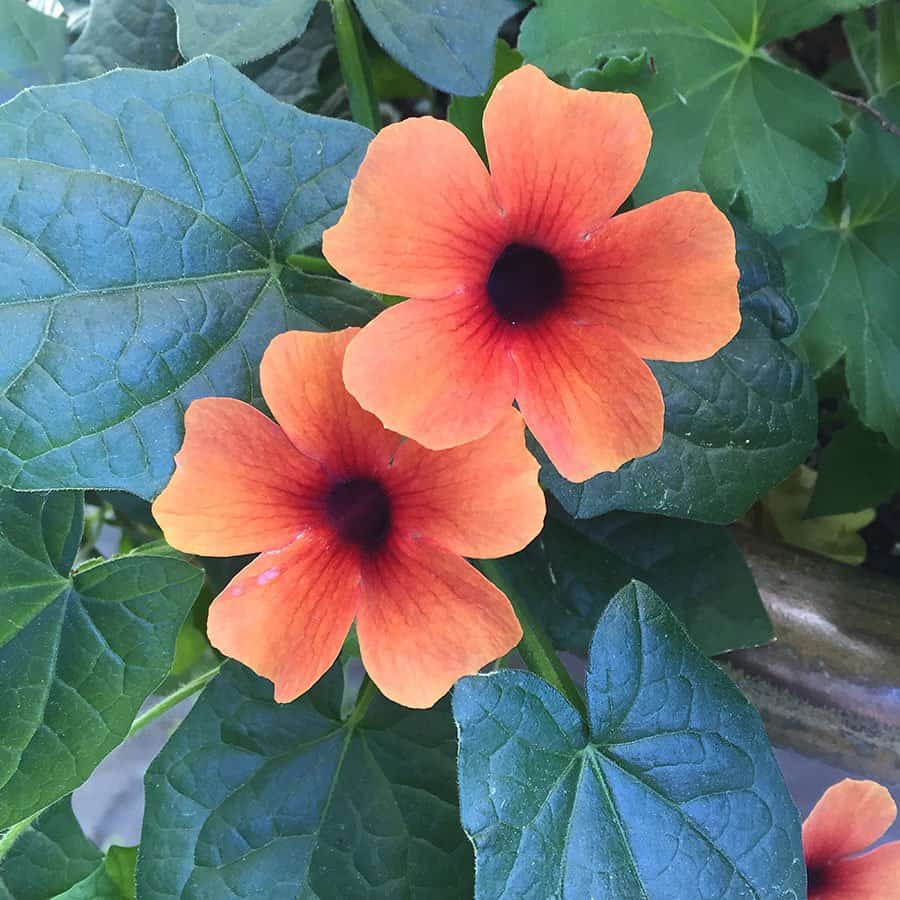
Sunny Arizona Glow thunbergia
Most thunbergias (a.k.a. black-eyed Susan vines) are grown from seed, but this is a vegetatively propagated variety. The result is a vigorous plant with long-lasting, large soft-orange blooms with chocolate-brown centres. I’ll admit that most of the flowering occurred early in the summer, but even now, in early August, the leaves and stems are lush and green, so I’m hoping for another flush of blooms later.


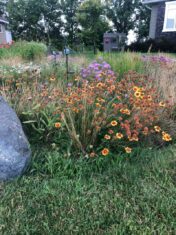
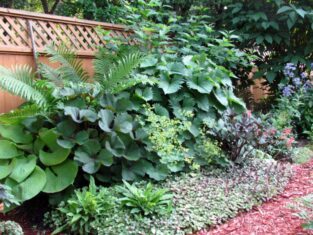

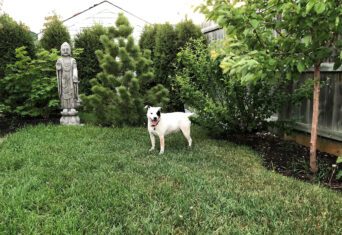
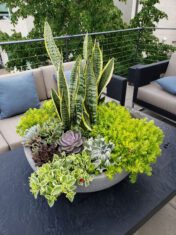
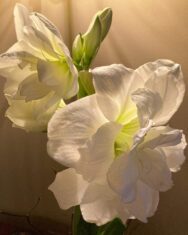

I usually hang fuchsias or petunias on my deck. They get sun in the morning and are pretty much shaded in the afternoon. They seem to do okay, The last couple of years we’ve had 30+ weather and the plants seem to do poorly no matter what I try. What would you recommend as a hanging basket in these hot/humid conditions?
Thanks for any advice.
(I live in Cornwall, Ontario)
love the million bells they just need a trim in late summer than all is good the old fashion petunias look terrible if not dead headed alot
Thanks Beckie for your advice! It is very informative and helpful for me. I like ‘Intrigue’ canna and I will try to grow it in my garden
How many supertunias should I plant in a 12″-15″ planter? My niece planted one bubblegum supertunia in a planter approx. that size, and it simply burst out of the container – it was gorgeous!!
If I remember correctly, I planted about six Bubblegum supertunias in that hanging fibre basket, which is about the size you describe. They were in four-inch (10-cm) pots. I believe in planting containers fully–you want a lush look from the start!